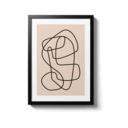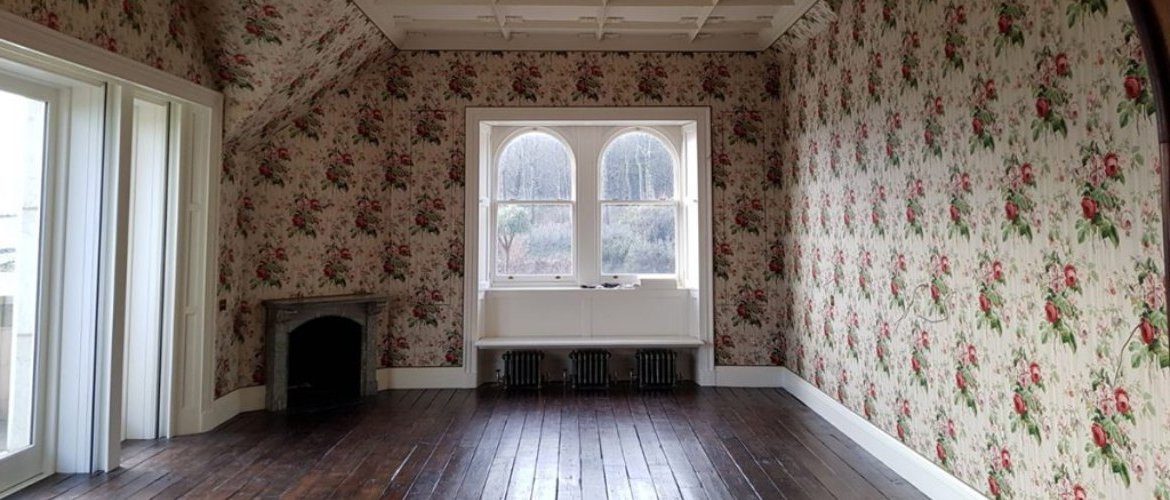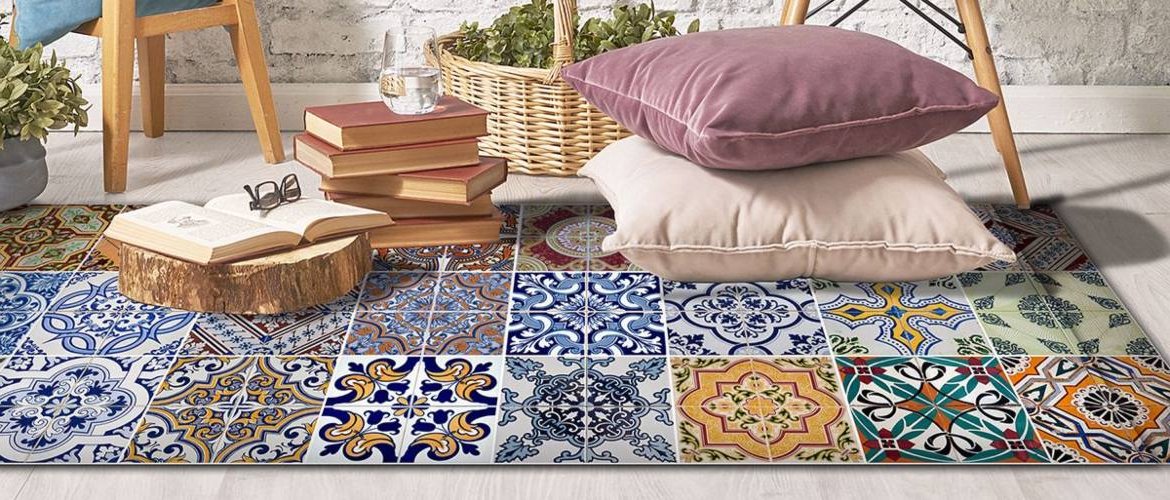Do you know the Shou Sugi Ban technique?
One of the trends that can be seen lately in interior design is the presence of decorative elements made of wood treated with the Shou Sugi Ban technique.
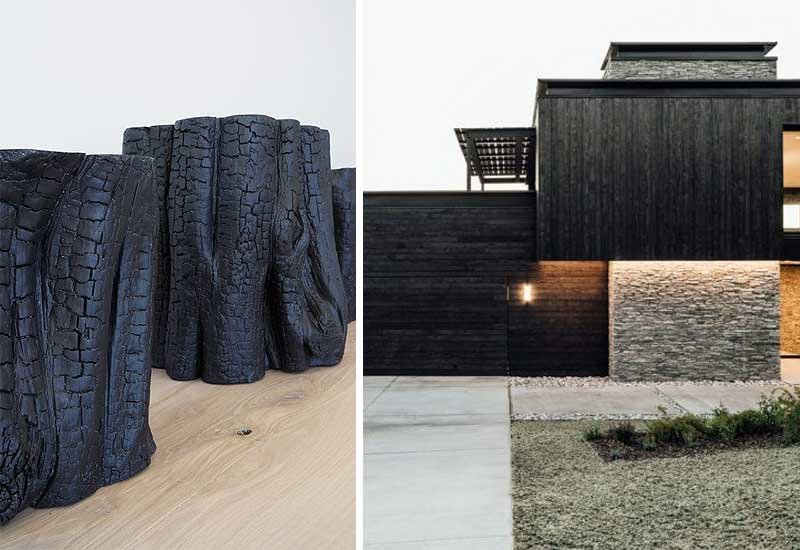
This technique, of Japanese origin, literally translates as "burnt cedar boards", alluding to the wood most used by the Japanese in the construction of structures and products, and therefore the most common wood for its application.
Mainly used outdoors, where its protection was more necessary, it fell into disuse with the use of resins, chemicals and other essences, but for some time now, with the rise of everything natural and eco-sustainable, it has returned with force, flooding also the interiors and entering directly into the top of decorative trends for this coming year.
The Shou Sugi Ban technique
In reality, the technique basically consists of "burning" the surface of the wood to preserve it from atmospheric agents, inclement weather, mold and parasites, but although it may seem simple, it is an art of which the Japanese are the kings.

The technique leaves a darkened color (burnt wood) in different shades of anthracite gray that is most decorative, and, depending on the type of wood, the burning can highlight or reflect different textures that enhance the material.

To carry out this technique (reserved only for experts), only a very thin layer of the surface must be cauterized and a propane gas torch can be used. It is advisable to use machined wood panels or wood strips suitably planed for a better application.
Depending on the level of carbonization, a more charcoal-like effect or a more subtle one will be achieved, but the essential thing is that the burn is as uniform and homogeneous as possible.
Once the wood has been burned, use an iron brush to remove the remains left by the charred layer and wash it with water to remove any residue, leaving the planks to dry in the open air, and a natural oil can be applied to enhance their beauty.

Not all woods are equally resistant to this carbonization process. Obviously cedar wood, a species native to Japan, is the most suitable for this technique, but it can also be carried out with other species such as walnut, cypress or fir.
As a technique, it is actually very suitable, since it is 100% natural, on the one hand, it respects the environment and, on the other hand, it protects human health.
In addition, the carbonization process only affects the surface of the wood, not its internal structure, so it does not suffer and instead increases its durability and strength.
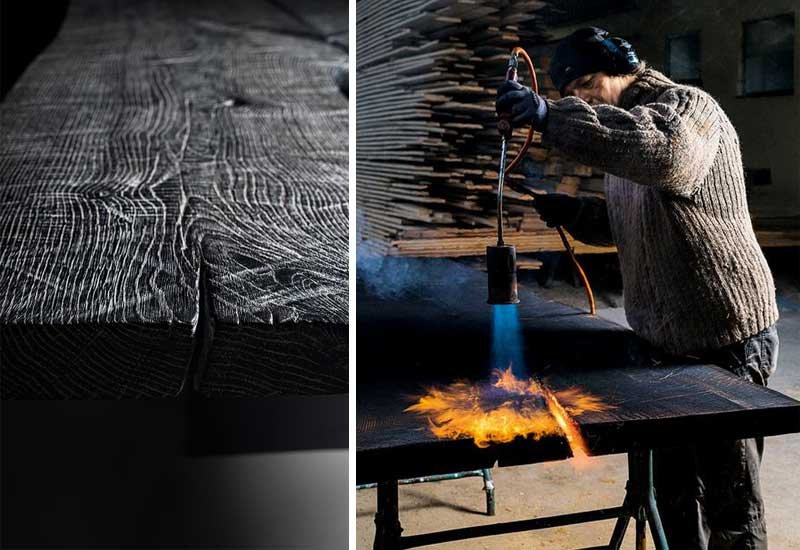
For all these reasons, it has become an alternative technique for the treatment of wood, both natural, functional and aesthetic, which has given it this second life.
At the functional level, we have already mentioned that it is mainly used outdoors.


Shou Sugi Ban in interior design
However, it is also increasingly present in different elements of the house.
The most common is to cover walls, either completely or only in a specific partition to make it the decorative focus of the room, and the slats can be placed both vertically and horizontally.


It is also possible to play with them, for example, combining wider slats with narrower ones, mimicking walls with doors or making different holes to achieve a special lighting effect.

In addition, depending on the method and degree of carbonization, lighter or deeper, different textures and effects can be achieved for the wall covering.
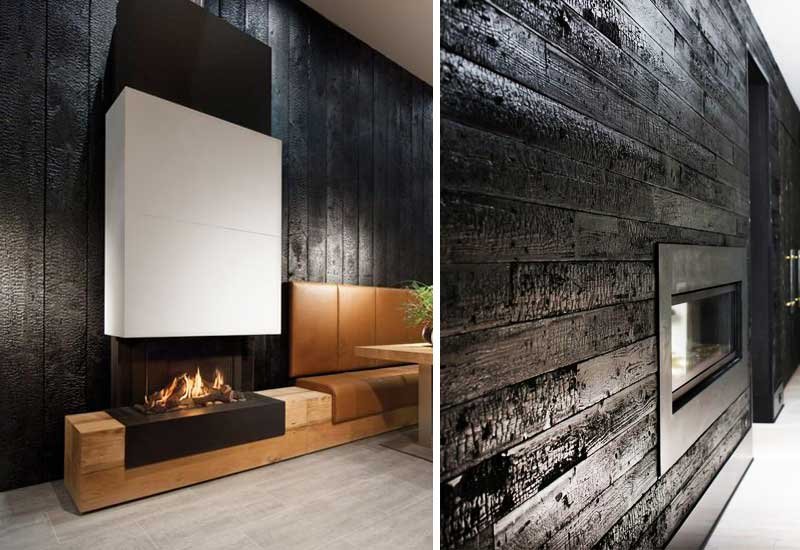
In addition to entire walls, it can be very decorative to place the panels only in certain areas of the room, such as the ceiling or a specific area that you want to highlight.

In fact, it is also very common in the lining of panels that frame the fireplace, perhaps because of its natural proximity to the fire in memory of the technique that produced it.


It is also very effective for marking areas, especially if combined with contrasting materials or shades.

It also looks spectacular as a support for the headboard, focusing the view in that area and serving as a contrast to the headboard itself, whether it is upholstered or metallic.

But in addition to panels of various types, Shou Sugi Ban can also be applied to furniture, especially dining tables, coffee tables and side tables.


Of course, custom-made furniture can also be made from this type of wood as if it were any other type of wood. A classic example is bathroom or kitchen furniture, as well as shelves.



Another very interesting element for the application of Shou Sugi Ban are the doors, both interior doors and cabinet doors, whether they are made entirely of wood or combined with other materials such as dark grille.


Of course, its interior application is not only valid for homes, but also for stores, restaurants and offices (very suitable for counters, back panels in the information area, etc.).


And for those who find the dark color of the Shou Sugi Ban technique cold, there is nothing better than combining it with other lighter woods or golden tones to achieve a warm and cozy effect.


In short, a functional, aesthetic, natural and eco-sustainable technique to be taken into account in the world of interior design. Long live Shou Sugi Ban!

